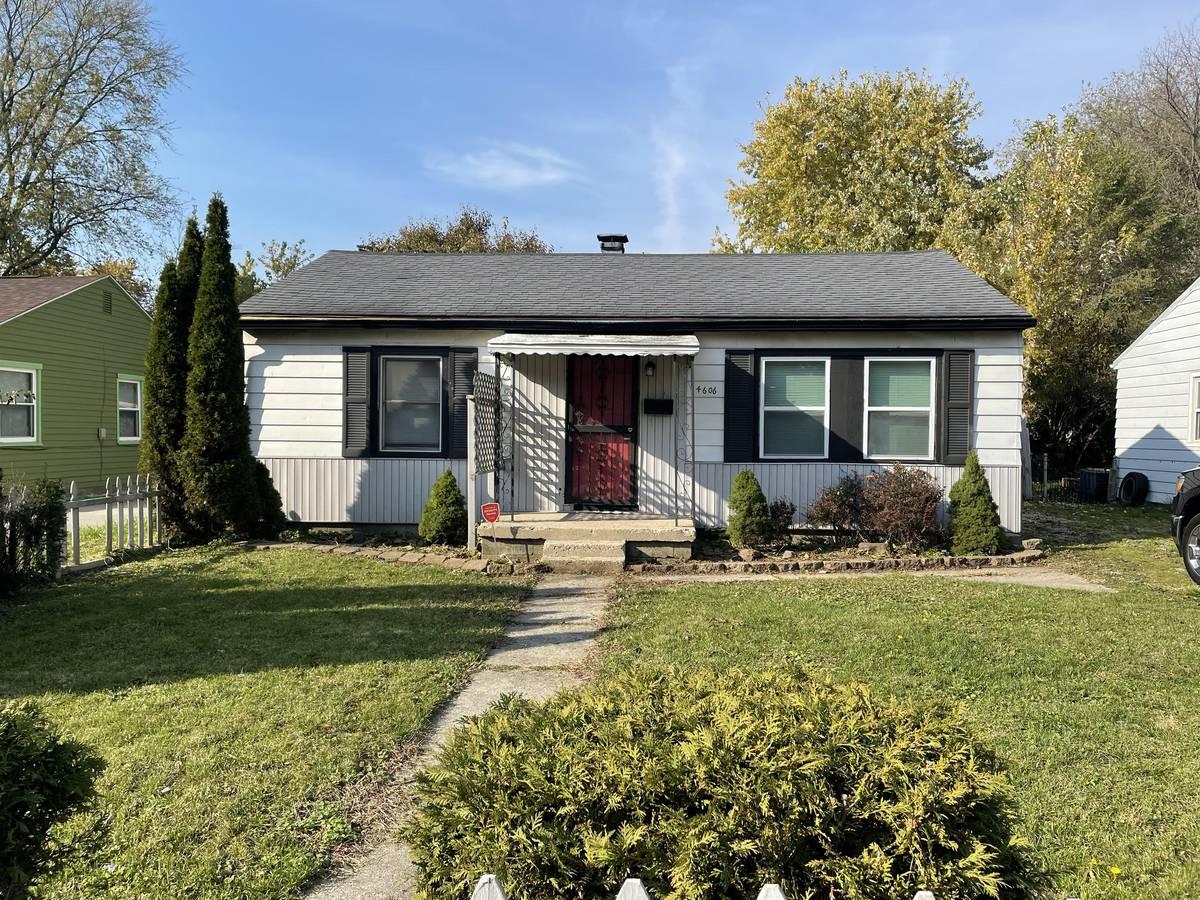For years, short-term rentals like Airbnb offered property owners an enticing path to high returns, transforming spare spaces into income streams. But lately, many Airbnb hosts are feeling the squeeze. New regulations, a saturated market, and growing guest demands are making it harder to achieve the same profitability. In this article, we’ll break down the challenges facing Airbnb hosts today and introduce PadSplit as a stable, rewarding alternative for property owners.
Regulatory challenges and restrictions
Across the U.S., cities have implemented strict regulations to limit short-term rentals, especially for non-owner-occupied properties. These rules often require hosts to either live on-site or comply with complex guidelines, making it difficult for many Airbnb hosts to continue.
Brenda Kwateng’s experience illustrates these challenges well. In 2022, new Airbnb regulations in Baltimore mandated that only owner-occupied properties could operate as Airbnbs. Brenda, who managed six non-owner-occupied units, was suddenly unable to list on Airbnb. Quickly pivoting, she found a sustainable solution with PadSplit, which allowed her to legally transition her business while meeting local housing needs.
After listing her first PadSplit property, Brenda’s rooms were fully booked within just three days. “PadSplit is so incentivized to make sure the units are earning money; they’re going to make sure they have someone in there who is qualified and will stay because that’s what makes PadSplit money. It relieves stress,” she explains.
Increased competition and market saturation
As Airbnb’s popularity has grown, so has competition. In many regions, an oversupply of listings has saturated the market, driving down occupancy rates and nightly rates for hosts. A recent report confirms that Airbnb is facing this oversupply problem in several areas, which has led to increased competition and lower profits for hostsend has taken a toll on Airbnb’s revenue; in August 2024, Airbnb’s stock dropped 14% after the company reported an earnings miss and warned of slowing demand in the U.S. .
Unlik nightly rental model, PadSplit’s room-by-room structure provides hosts with more consistent cash flow. Even if one room isn’t occupied, others can still bring in steady income. This flexibility has been a game-changer for Peter Pasternack, a former Airbnb host and real estate investor. Frustrated with Airbnb’s unpredictable bookings and guest issues, Peter decided to try PadSplit. “With PadSplit, I like that it’s not all or nothing whether it is rented or not. If one bedroom isn’t booked, you still make money on the others,” he says. Since making the switch, Peter’s monthly net income has increased from $2,500 on Airbnb to $4,600 on PadSplit.
High operating costs and demanding guest expectations
Operating an Airbnb can be costly and time-consuming, with hosts often covering utilities, frequent cleaning, and amenities that meet hotel-level standards. Guests often expect a hotel-like experience, leading to frequent restocking and higher turnover, which can erode profitability.
In contrast, PadSplit’s model focuses on long-term tenants, reducing turnover and offering a more manageable hosting experience. Brenda, for example, noticed this difference immediately. “The way we’re now set up on Airbnb is that the minimum stay is 90 days, and that’s just not cost-feasible for anybody. Going to PadSplit allows for more flexibility,” she explains. With PadSplit, Brenda benefits from reliable income and fewer operational demands, resulting in a more sustainable hosting model.
PadSplit as a better alternative
Given these challenges, PadSplit provides property owners with a unique alternative that addresses the limitations of Airbnb’s model. By focusing on affordable, long-term housing, PadSplit allows hosts to earn more steady income while reducing operational demands and benefiting their communities.
On average, PadSplit properties earn 33% more revenue than Airbnb rentals, and hosts see occupancy rates consistently over 80%. PadSplit members stay for an average of nine months, providing more stable income and lower turnover costs for hosts. Unlike short-term rental platforms, PadSplit faces fewer regulatory hurdles, as it focuses on housing local workers rather than tourists. This long-term housing approach taps into the vast market of affordable housing, allowing PadSplit hosts to make a meaningful impact while earning high returns.
For Peter, who once relied on Airbnb’s short-term model, PadSplit has proven to be the smarter choice. “PadSplit is the future of rentals,” he states. “Airbnb is going through a rough time. They’re changing their policies, making it not very friendly to the host and investor.”
Considering a transition to PadSplit?
If you’re an Airbnb host looking for a stable and profitable alternative, consider transitioning to PadSplit. Properties with multiple rentable rooms are ideal for PadSplit’s model, which maximizes occupancy by renting each room individually. Many former Airbnb hosts, including Brenda, found converting their properties straightforward. Simple updates, like adding fire extinguishers, were often all it took to get their properties PadSplit-ready. PadSplit’s team is also on hand to provide guidance and support, from listing your property to managing tenant relations, making the transition seamless.
PadSplit offers a stable and rewarding alternative
As Airbnb hosts face growing challenges, PadSplit offers a stable, community-oriented alternative. By focusing on long-term, affordable housing for local workers, PadSplit allows hosts like Brenda and Peter to achieve consistent returns with less hassle. If you’re an Airbnb host searching for a more reliable rental model, PadSplit offers a way to grow your income while making a positive impact in your community.
Ready to explore PadSplit as a new path for your rental property? Visit our Host page to learn more.


